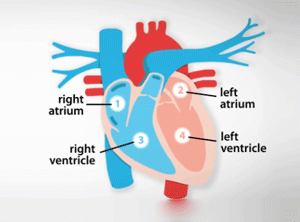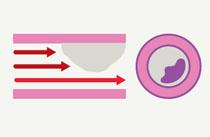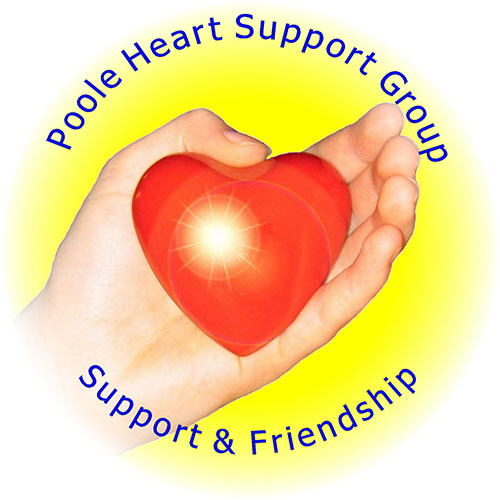
(article published by the British Heart Foundation)
How Your Heart Works
The human heart works like a pump sending blood around your body to keep you alive.
It’s a muscle, about the size of your fist, in the middle of your chest tilted slightly to the left.
Each day, your heart beats around 100,000 times. This continuously pumps about five litres (eight pints) of blood around your body through a network of blood vessels called your circulatory system. This blood delivers oxygen and nutrients to all parts of your body, and carries away unwanted carbon dioxide and waste products.
Your heart and circulatory system works together to deliver blood to your organs so they can function.
The structure of your heart
Your heart is made up of three layers of tissue:
- Pericardium – a thin outer lining that protects and surrounds your heart.
- Myocardium – a thick muscular middle layer that contracts and squeezes blood out of your heart.
- Endocardium – a thin inner lining. Inside the heart there are four chambers – two on the left and two on the right.

Inside the heart there are four chambers – two on the left and two on the right.
- The two small upper chambers are called the atria.
- The two larger lower chambers are called the ventricles.
- The left and right sides of the heart are divided by a thin muscular wall called the septum.
To keep your heart pumping, the sinus node – known as your heart’s natural pacemaker – sends electrical signals through your heart.
How does blood travel through your heart?
The two sides of your heart are separate, but they work together.
- The right side of the heart receives de-oxygenated blood which has circulated around your body.
- It pumps this to your lungs, where it picks up a fresh supply of oxygen.
- The blood then returns to the left side of the heart, ready to be pumped to your body.
There are four valves in your heart. They act like gates that open and close, making sure that your blood travels in one direction – a bit like a one-way traffic system. The valves in your heart are:
- the tricuspid valve and the pulmonary valve on the right side of the heart
- the mitral valve and the aortic valve on the left.
How does blood travel around your body?
As your heart muscle contracts, it pushes blood through your heart.
- Your heart pumps blood from its left side, through the aorta (the main artery leaving the heart) and into the arteries.
- The blood travels through your arteries, which divide off into smaller and smaller blood vessels called capillaries. Travelling through this network of capillaries, blood reaches every part of your body.
- The de-oxygenated blood then travels back to the heart through your veins which lead back to the right side of your heart.
Like every other living tissue, the heart needs a constant supply of blood. This comes from the coronary arteries which branch off from the main artery (aorta) as it leaves the heart. The coronary arteries spread across the outside of the heart, supplying it with blood.
What are heart and circulatory diseases?
Heart and circulatory diseases (also called cardiovascular diseases) are problems with your heart and circulation system. We fund research into these conditions and their risk factors, including:
- coronary heart disease (heart attack and angina)
- congenital heart disease
- inherited heart conditions
- stroke
- vascular dementia
- diabetes.
What causes your heart and circulatory system to go wrong?

Problems with your heart and circulatory system, including heart attack, angina and stroke can occur when your arteries become narrowed. This is caused by a gradual build-up of fatty material (called atheroma) within the blood vessel walls. In time, your arteries may become so blocked that they cannot deliver enough blood to your heart or brain, which can lead to a heart attack, stroke and vascular dementia.
What puts me at risk of heart and circulatory disease?
Many heart and circulatory diseases share the same risk factors including:
- poorly managed diabetes
- high blood pressure
- high cholesterol
- being overweight or obese
- smoking
- drinking too much alcohol.
The good news is that there are lots of things you can do to reduce your risk of developing heart and circulatory diseases.
